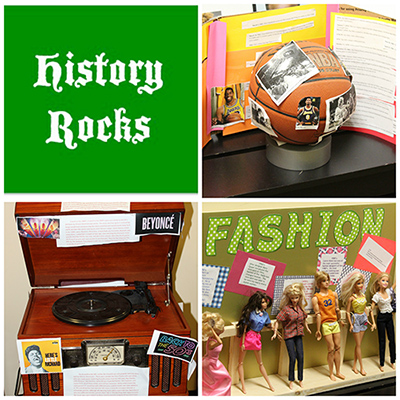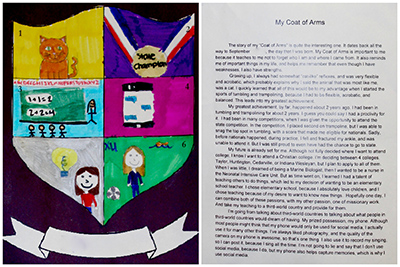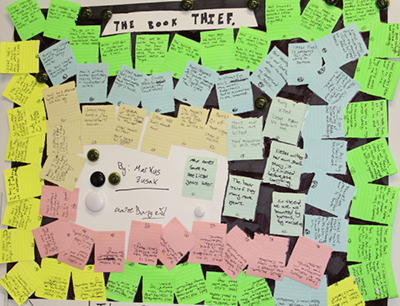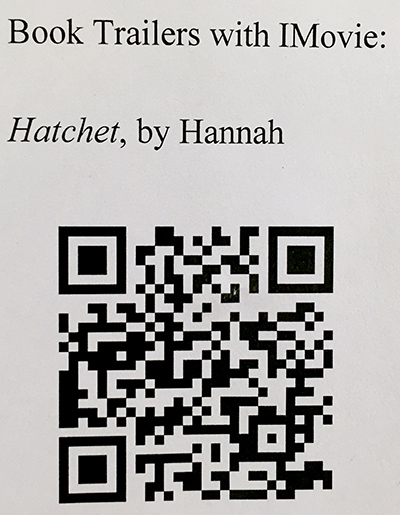Progressive Education
Here at Midwest, we focus on strengthening our relationships with our students by developing more personal connections with them.
We do not utilize homework and tests as frequently as some schools. Our students demonstrate their knowledge, understanding of concepts, and application of skills through projects, presentations, experiments, and discussions. We encourage students to express their interests through use of these activities and by giving them more choices to demonstrate their learning.
Student interests are incorporated into planned lessons whenever possible. Accessing affinities in this way promotes personal connectivity to concepts taught in the classroom.
Involving students in community service activities is a very important aspect of our school culture. Through service days, students realize they are something greater than themselves and feel empowered by helping those in need. Several times throughout the school year, we volunteer our time and service to local organizations, integrating these activities into the curriculum.
Social justice, respect for other people and cultures, as well as caring for our fellow citizens is an aspect of the school’s culture that promotes citizenship and positive participation in a democratic society.
We believe this way of learning is beneficial to our students because they are out of their chairs, they are moving, and they are actively engaged. This approach also focuses on each student’s strengths and interests. In this way, we develop skills and intellect and foster a lifelong love of learning.
This is progressive education at Midwest Academy.
What Does Progressive Education Look Like at Midwest?
What You Will See . . .
- Student-centered classrooms
- Inclusive and accepting community
- Learning by doing, asking questions, and applying relevant concepts and facts
- Real-world, relevant, hands-on projects
- Students demonstrating critical thinking through discussion, research and problem solving
- Collaborative, interactive, problem-solving environment
- Students connecting concepts to application of skills
- Learning about a topic across subject areas; interdisciplinary learning
- Students sitting at tables or small groups inside and outside
- Small class sizes
- No high-stakes testing
- Use of rubrics based on process and outcomes
- Active, engaged students
- Students assigned meaningful, relevant homework, as appropriate
- Teachers adapting curriculum plans for individual learning styles, pace, interests, and needs
- Parents are partners and are encouraged to be involved
- Community service
- Field trips, guest speakers, other spontaneous learning opportunities
- Teachers talking to parents about the academic, social, and emotional growth of their child
What You Won’t See . . .
- Teacher-centric environment
- Isolated, excluded, or bullied students
- Learning through rote memorization
- Completion of voluminous numbers of worksheets
- Competitive, task-based environment
- Learning subjects taught in silos, or separate discipline
- Students consistently sitting in desks
- Large class sizes
- High-stakes testing
- Grade reports based on results only
- Disengaged students
- Students assigned disjointed homework tasks
- Teachers presenting a lockstep curriculum that cannot be changed
- Parents treated as outsiders, whose involvement is limited or discouraged
- Teachers only talking to parents about issues impacting academic performance
- Kids promoted from one grade to the next before they are ready to move on

History Rocks
Students selected an area of progress in American society and developed a 3-D timeline of how this area has progressed from 1950 until now. In these examples, students created 3-D timelines of the evolution of basketball, music, and fashion since the 1950’s. This format gave the students a chance to create something other than a paper or presentation to explore changes in our history. The timeline creatively and colorfully displays a facet of progress in American society including events, people, and/or inventions. Content is accurate, organized by decade, and meets additional criteria outlined in the grading rubric.

In Medieval Times, the Coat of Arms was a representation of a lord’s heritage, values, and accomplishments. It was also used to identify friends and foes during battle. Students created a personal coat of arms representing themselves, their greatest accomplishment, symbol of personal strength, future life accomplishments, important people to them, etc. This student wrote a personal composition explaining her coat of arms with reflection, using effective transitions, appropriate vocabulary, and other criteria outlined in the grading rubric.

Biology
In Biology, Dr. Alva explored virus structures with students, including helical, icosahedral, and complex structures. She also led a discussion about different examples of human and plant viruses.
After looking at different viruses, Dr. Alva and students built various virus models from toy parts as an activity in class to reinforce understanding of the various shapes.
Click to download Dr. Alva’s lesson on viruses.

English 10
After reading The Book Thief, students completed a “literary dominoes” project showing the domino order of events in the book as well as the plot of events. This particular student example was completed on a poster board with sticky notes. The project needed to reflect accuracy in the order of events and the student’s depth of understanding of the plot along with other project criteria, reflected in the grading rubric.

Middle School English
While reading Hatchet as assigned summer reading, this student created a blog to answer questions and exchange ideas with fellow students who were also reading the same book.
After returning to school, this student chose to develop an original movie trailer about this book in iMovie. She included a QR code so that others could easily scan it and connect to view her work on YouTube.
To view her movie trailer, go to https://goo.gl/6astpn
This final project was graded on various criteria outlined in the grading rubric. The download below includes the project instruction sheet and grading rubric for various projects.


